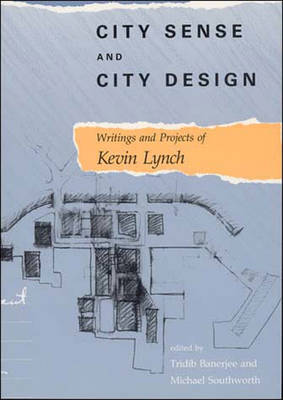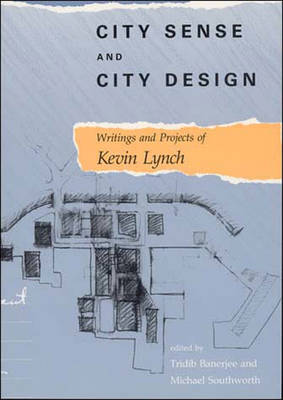
- Afhalen na 1 uur in een winkel met voorraad
- Gratis thuislevering in België vanaf € 30
- Ruim aanbod met 7 miljoen producten
- Afhalen na 1 uur in een winkel met voorraad
- Gratis thuislevering in België vanaf € 30
- Ruim aanbod met 7 miljoen producten
Omschrijving
The editors, both former students of Lynch, provide a cogent summary of his career and of the role he played in shaping and transforming the American urban design profession during the 1950s, the 1960s, and the 1970s. Each of the seven thematic groupings of writings and projects that follow begins with a short introduction explaining their content and their background.
The essays in part I focus on the premises of Lynch's work: his novel reading of large-scale built environments and the notion that the design of an urban landscape should be as meaningful and intimate as the natural landscape. In part II, excerpts from Lynch's travel journals reveal his early ideas on how people perceive and interpret their surroundings--ideas that culminated in his seminal work, The Image of the City. This part of the book also presents Lynch's experiments with children and his assessment of environmental-perception research. The examples of both small-scale and large-scale analysis of visual form in part III are followed by three parts on city design. These include Lynch's more theoretical works on complex planning decisions involving both functional (spatial and structural organization) and normative (how the city works in human terms) approaches, articles discussing the principles that guided Lynch's teaching and practice of city design, and descriptions of Lynch's own projects in the Boston area and elsewhere. The book concludes with essays written late in Lynch's career, fantasy pieces describing utopias and offering new design freedoms and scenarios warning of horrifying "cacotopias."
Specificaties
Betrokkenen
- Auteur(s):
- Uitgeverij:
Inhoud
- Aantal bladzijden:
- 866
- Taal:
- Engels
- Reeks:
Eigenschappen
- Productcode (EAN):
- 9780262620956
- Verschijningsdatum:
- 27/03/1995
- Uitvoering:
- Paperback
- Formaat:
- Trade paperback (VS)
- Afmetingen:
- 178 mm x 254 mm
- Gewicht:
- 1787 g

Alleen bij Standaard Boekhandel
Beoordelingen
We publiceren alleen reviews die voldoen aan de voorwaarden voor reviews. Bekijk onze voorwaarden voor reviews.









